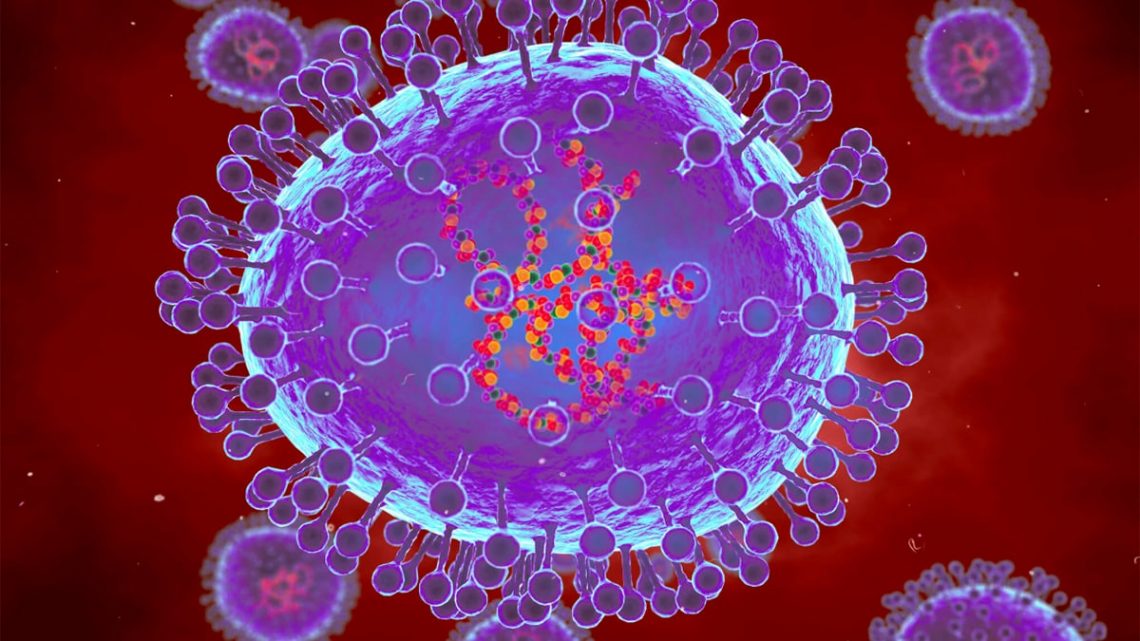India reported its first confirmed cases of Human Metapneumovirus (HMPV), a highly contagious respiratory virus, on Monday. Union Health Minister JP Nadda announced that five cases had been identified, with detections in Karnataka and Tamil Nadu, and one case each in Ahmedabad, Chennai, and Kolkata. Nadda clarified that the total number of cases in the country has now reached seven.
Meanwhile, China is grappling with a spike in respiratory infections attributed to HMPV, causing overcrowded hospitals and sparking public anxiety over a potential outbreak. The northern provinces have reported the highest surge, particularly among children, leading health authorities to introduce stricter monitoring protocols.
The situation has drawn comparisons to the early days of the Covid-19 pandemic, which began in Wuhan five years ago and claimed over seven million lives globally. Images and videos of masked patients crowding Chinese hospitals have flooded social media, evoking memories of the initial chaos of the coronavirus outbreak.
Despite these developments, Beijing has sought to downplay concerns, describing the surge as a routine seasonal trend. However, local reports suggest that authorities are closely monitoring cases of pneumonia with unidentified origins, hinting at a more cautious approach behind the scenes.
Dr Prachee Sathe, Director of ICU and Critical Care at Ruby Hall Clinic, Pune, provides expert insights into HMPV:
What is the HMPV virus?
HMPV (Human Metapneumovirus) is a respiratory virus that belongs to the family Paramyxoviridae, the same family as the respiratory syncytial virus (RSV). It primarily causes respiratory infections, particularly in the upper and lower respiratory tract, including the nose, throat and lungs. HMPV infections can affect people of all ages, but it is most common among children, the elderly, and those with weakened immune systems.
What’s behind the surge?
The recent surge in HMPV cases can be attributed to several factors, including seasonal variations in respiratory infections, changes in population immunity and the relaxation of COVID-19 prevention measures. The virus spreads via droplets from coughing or sneezing, similar to other respiratory viruses. As the immunity from previous infections or vaccinations decreases over time, there is a possibility of increased vulnerability and greater susceptibility to viral infections.
How to prevent it?
To protect yourself and others from HMPV, follow these precautions:
• Frequent handwashing: Wash your hands regularly with soap and water for at least 20 seconds, especially after coughing, sneezing, or touching surfaces.• Wearing masks: Masks can help prevent the transmission of respiratory droplets, particularly in crowded or enclosed spaces.• Avoid close contact: Stay away from people who are sick, especially if they have cold-like symptoms.• Cover your mouth: Always cover your mouth and nose with a tissue or the crook of your elbow when coughing or sneezing.• Sanitise high-touch areas: Frequently clean and disinfect surfaces, particularly in shared or public spaces.• Boost immunity: Ensure good nutrition, regular exercise, and adequate sleep to keep the immune system strong.• Vaccination: While there is no specific vaccine for HMPV yet, ensure you are up to date with vaccines for other respiratory infections like flu and COVID-19 to reduce the overall burden on the immune system.
Will it cause another pandemic in India?
While HMPV is a significant respiratory pathogen, it is unlikely to cause a pandemic on the scale of COVID-19. Unlike COVID-19, HMPV does not have the same level of asymptomatic spread or long incubation period, and it tends to cause more localised outbreaks. However, it can lead to serious illness in vulnerable populations such as the elderly and immunocompromised individuals. To prevent a widespread outbreak, maintaining good hygiene, promoting vaccination against other respiratory illnesses, and monitoring new cases closely will be crucial.
Is it like COVID?
While HMPV and COVID-19 share similar symptoms, such as cough, fever and shortness of breath, they are caused by different viruses. HMPV is typically milder compared to COVID-19 but can still cause significant illness, especially in those with underlying health conditions. The key differences lie in their transmissibility, severity and potential for long-term complications. Unlike COVID-19, HMPV does not cause the same level of systemic involvement or require the intensive care treatments associated with severe COVID cases.
In conclusion, HMPV is a respiratory virus that can cause significant illness, especially in vulnerable groups, but with proper precautions and awareness, its spread can be minimised.
Link to article –
HMPV cases: Doctor explains how to protect yourself from the virus
